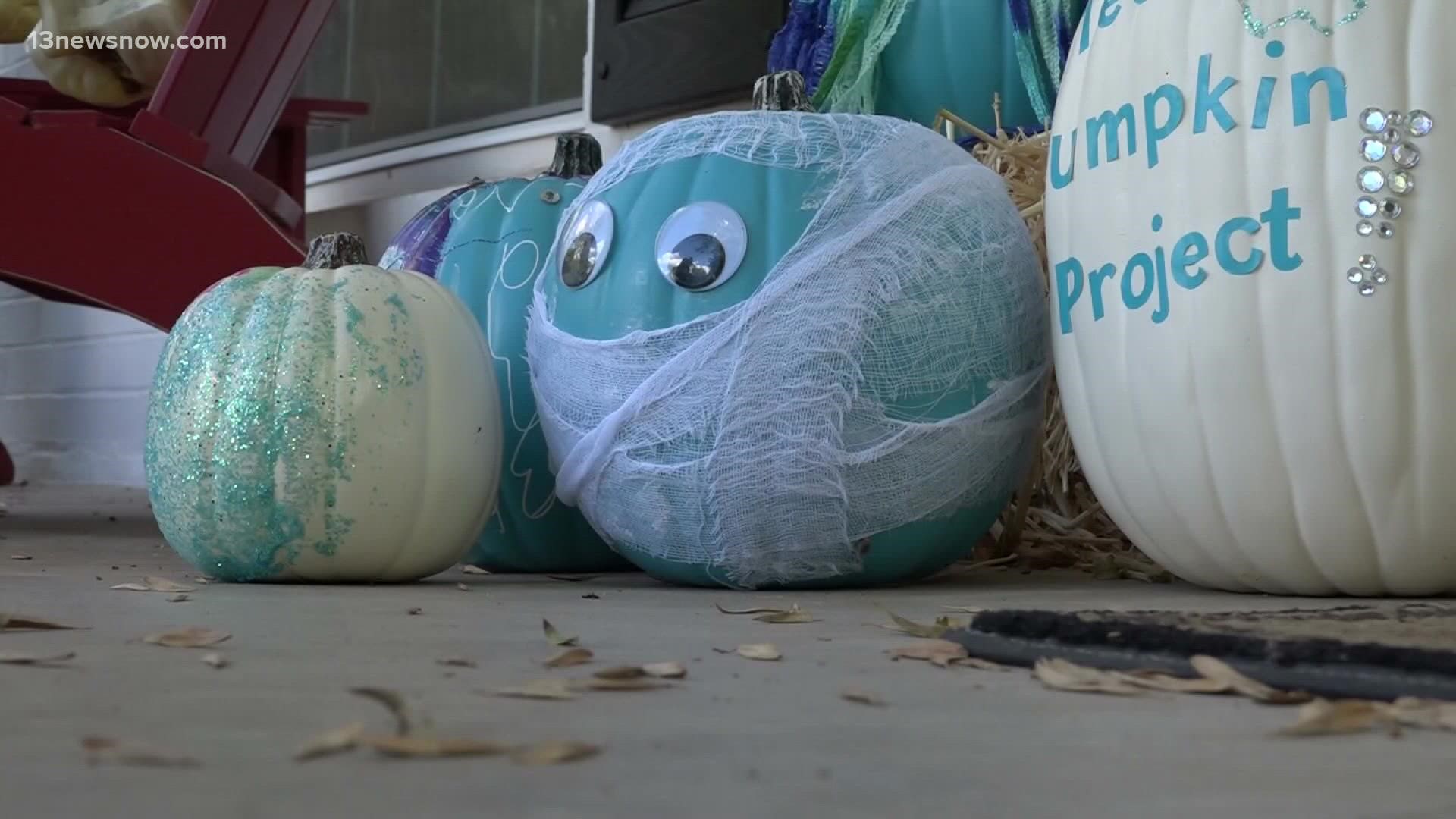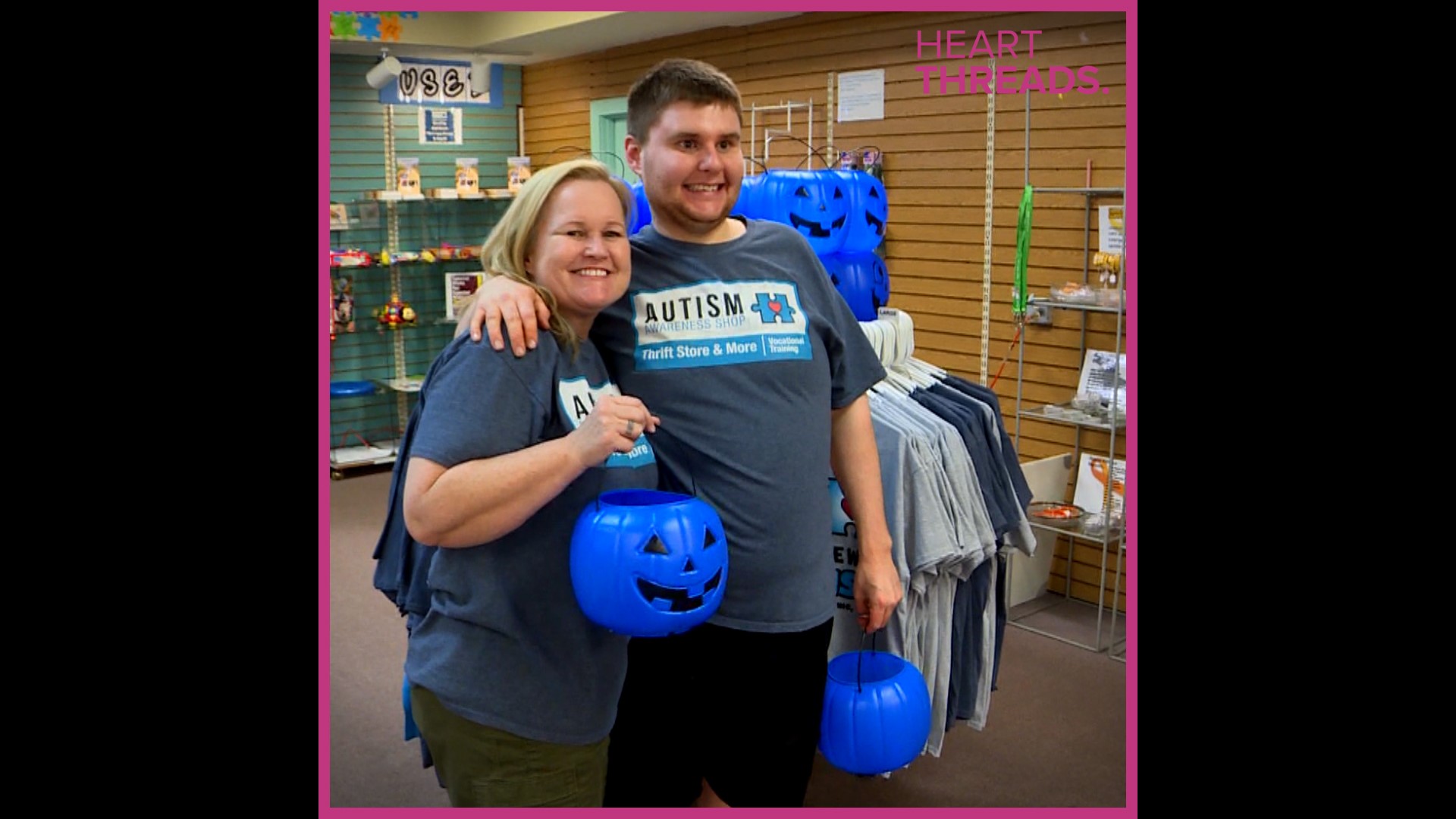VIRGINIA BEACH, Va. — Author's note: The video above is on file from October 29, 2019.
Trick-or-treating on Halloween night is a childhood tradition for a lot of families. But for some children, a good time going door-to-door and getting candy can become overwhelming.
Nicole Miller of the Autism Society of Tidewater Virginia said for children on the autism spectrum, or those with sensory awareness disorders, everything from the crowds to the spooky Halloween decorations can be overstimulating.
“The sights, the smells! The whole thing about Halloween," Miller said. “No one should be left out just because of their disabilities."
So her group is asking for patience. The Autism Society works with families to raise awareness and ensure Halloween is a good time for everyone.
She wants you to know that not every child who shows up at your door looking for candy is the same.
For example, not everyone can say, “thank you" or "trick or treat."
“We have individuals who might be non-verbal speakers," Miller said. “The homeowner is used to hearing, ‘trick or treat!’ They may say it in a different way but still want to participate.”
This year, the Autism Society is giving out cards to families with non-verbal children. The cards say, “I can’t say trick or treat but I’m trying.”
You might get one of these if a child with autism shows up at your door in costume.
It’s all about inclusion.
Miller said it’s important for families to understand that children on the autism spectrum have their own needs and sometimes, their own way of communicating.
“Not only awareness but acceptance and understanding," Miller said. "We’re still not all the way there, yet. There are still people who say, ‘Well he doesn’t look autistic.’ Or, ‘She doesn’t look autistic.’ Well there’s not real look, so let’s continue on our journey of acceptance.”
Today you might see some colorful pumpkins out there while you’re trick or treating.
A blue pumpkin signals that a home is welcoming for anyone on the autism spectrum, while a child carrying a blue pumpkin candy bucket signals that child is on the autism spectrum.
It's part of a nationwide effort called The Blue Pumpkin Project.
Miller said her group is leaving that up to individual families to decide if it’s the best approach for them.


